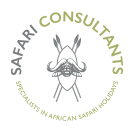Earth Day serves as a timely and poignant reminder of the fragility of our planet. The annual Earth Day celebration began in the 1970s and has been mobilising people across the globe to tackle climate change, protect biodiversity and preserve ecosystems for over five decades.
In the words of Sir David Attenborough, our planet is a “world of wonder. Every day it reminds us of its beauty. It touches us. Teaches us. And astounds us. But it also warns us…”
The warnings are certainly loud and clear with an increasingly unpredictable and turbulent climate, and tragic loss of species. Climate change and loss of biodiversity are without doubt the biggest challenges of our time.



Africa is certainly not immune to these challenges and its success in the global battle against loss of biodiversity is crucial. Within this beautiful and fascinating continent lies 25% of the world’s biodiversity. It is the last place on Earth with a significant variety of large, land-based mammals; and the last place on Earth with an unaltered animal migration, one of the most impressive natural events in the world. From complex delta systems and deep lakes, to deserts, savannahs and rainforest, Africa holds an abundance of critical ecosystems. To safeguard our planet, it is vital that Africa’s land and wildlife are protected and restored.
Whilst we can’t ignore the negatives associated with tourism in Africa – long haul flights and cases of irresponsible ‘overtourism’ which threaten to destroy the very thing tourism relies on, responsible tourism in Africa has the capacity to bring about enormous positive impact and has an essential part to play in protecting our biodiversity. Africa is one of the few destinations in the world where travellers can leave a wonderfully positive footprint, rather than simply leaving a light footprint.


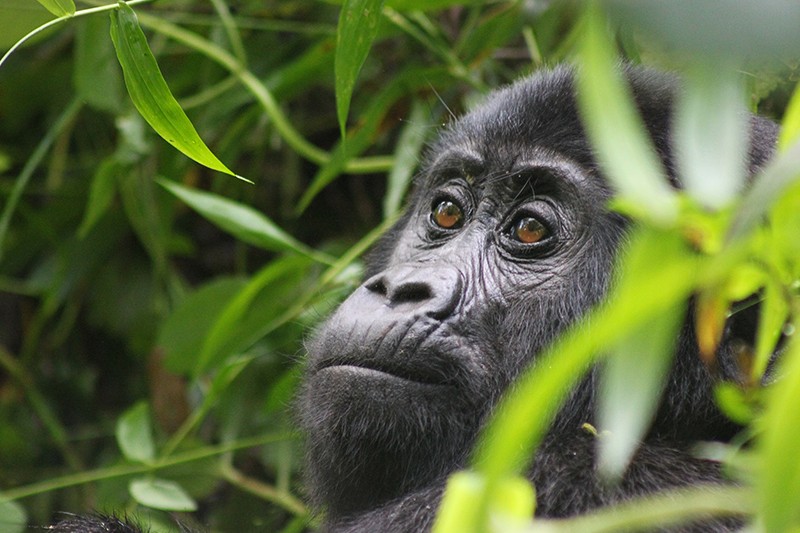
One of the most rewarding parts of being involved in the African safari industry is witnessing firsthand, and through some of the many partners we work with, world-leading sustainable tourism. We are constantly inspired by the work being carried out to safeguard the natural environment in the destinations we sell. From making strides to conserve areas around and between national parks, to supporting community empowerment to create long-term guardians of Africa’s land, flora and fauna, there are countless ventures contributing to the protection of our biodiversity. With many of the properties we work with, tourism exists to support conservation. Here are just six examples:


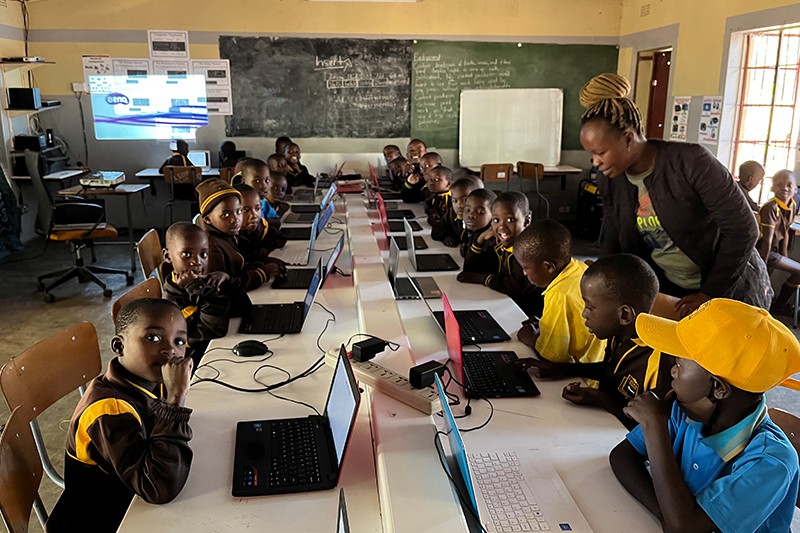
The Sapi Reserve Initiative
“Conservation can no longer be about protecting what we have. It needs to be about reclaiming, regenerating and rewilding,” says Dereck Joubert, conservation filmmaker and founder of Great Plains Conservation, of the relevance of the Earth Day movement.
To the east of the world-renowned Mana Pools National Park in Zimbabwe lies the 290,000 acre private Sapi Reserve, a prime example of reclaiming and regenerating on a large scale. In 2016 Great Plains Conservation took over the management of this depleted former hunting area, enabling the area under conservation for wildlife in the Mana Pools region to be expanded by an additional two-thirds. The Sapi Reserve Initiative includes a comprehensive wildlife management plan with wildlife monitoring teams (including female rangers), support for ZimParks, species reintroduction and on-going flora and fauna surveys. Photographic tourism plays an important role in the strategy and their Tembo Plains Camp provides guests the chance to explore this wilderness area while contributing to the restoration and protection of this essential ecosystem. Whilst the wildlife in Sapi is not yet found in as great a concentrations as the National Park, we have noticed through our visits, year on year, a hugely encouraging difference.



Usangu Wetlands project
In the remote south of Tanzania’s Ruaha National Park, Asilia Africa has opened Usangu Expedition Camp following a multi-year research project in the area. The Usangu Wetlands is a vast (around 6,000 square kilometres), remote and critically important ecosystem that, despite having National Park status since 2006, is still recovering from decades of neglect. Asilia Africa hopes that by investing in this fragile natural habitat, they will create a long-lasting conservation economy that benefits both the environment and the local communities. Engaging and supporting the communities around Usangu is key in protecting the area and ensuring the long-term viability of any tourism project. As well as creating job opportunities, Asilia is involved in support with education and healthcare, ensuring that local people are seeing real benefit from protecting their natural environment. For visitors, Usangu Expeditions Camp provides an immersive, conservation-driven experience where guests can be involved in research and directly contribute to the protection of this region’s rich and important biodiversity. Safari Consultants director Rob Slater spent time in Usangu a few months ago and says the area “offers something special and different, not just within Ruaha National Park, but within East Africa in general”. The local guides here call the area the ‘Promised Land’ which is resoundingly positive on many levels.
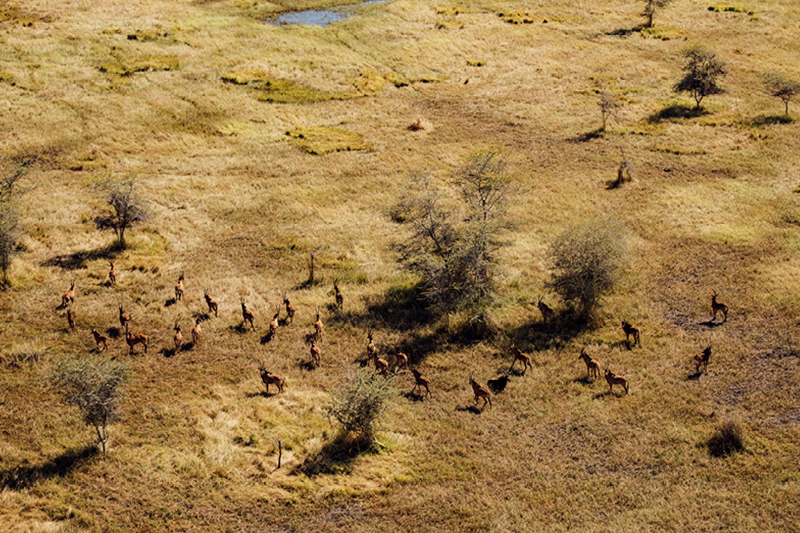

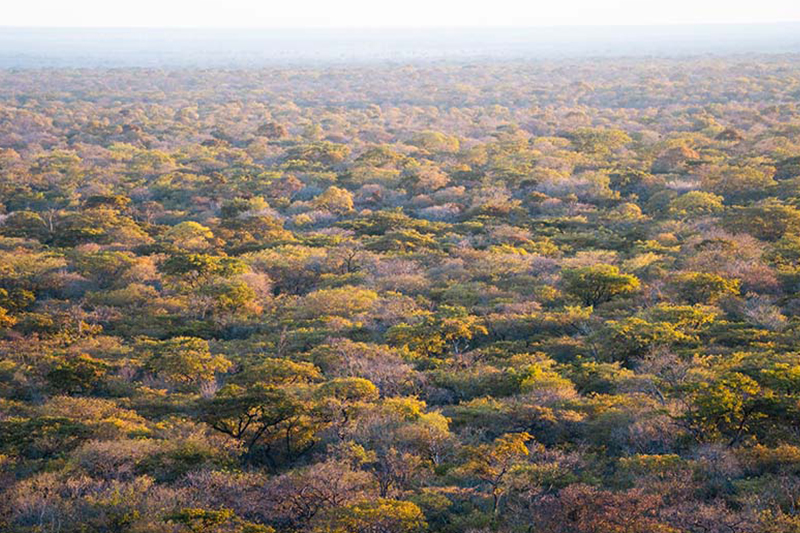
The Sarara Foundation
In the spectacular Mathews Range in northern Kenya, you’ll find Sarara – a beautifully rewarding place to visit and a flagship model for community-led tourism. The Sarara Foundation has built three eco lodges (Sarara, Sarara Treehouses and Reteti House) which are wholly owned by the community. Sarara is situated in the 850,000 acre Namanyuk Wildlife Conservancy which was created in the mid-1990s to protect an area with decimated wildlife numbers and assist struggling communities of nomadic Samburu pastoralists. The Sarara Foundation was formed and works in partnership with the Samburu people to restore wildlife in the conservancy. Through job creation, investment back into the community, and improved habits which allows sustainable grazing, the Samburu families in the area have become empowered and invested in conservation. Before the creation of the conservancy, elephants were rare, but they have now returned in their thousands, along with reticulated giraffe, the endangered Grevy’s Zebra, leopard and a host of other species. The Sarara Foundation is involved with many amazing impact programmes, two of which include Africa’s first community-owned elephant sanctuary (Reteti Elephant Sanctuary) and the first mobile Montessori schools which follow the Samburu people’s nomadic lifestyle.

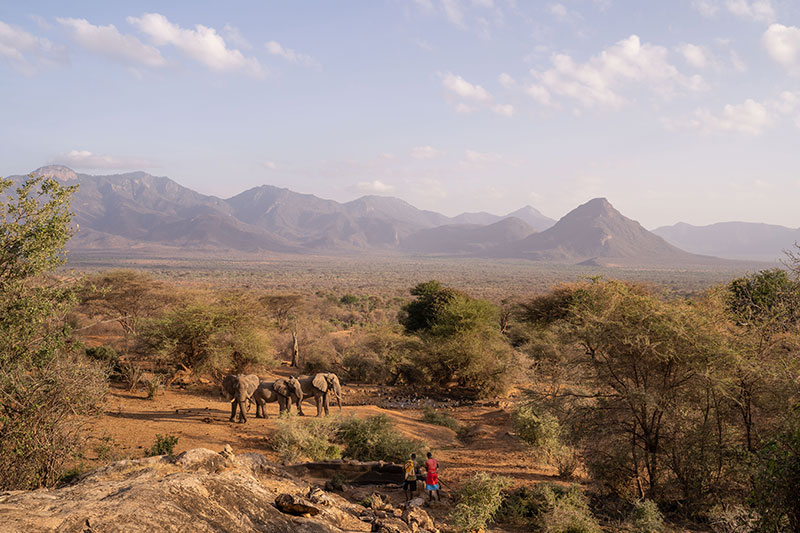

The Lewa Wildlife Conservancy and Beyond
Kenya’s central Laikipia region meanwhile, has been the focus of pioneering conservation initiatives and community and education programmes for many decades. The Lewa Wildlife Conservancy started with the transformation of a farm into a non-profit conservancy and was instrumental in one of Africa’s most successful rhino protection projects to date, while being early to recognise that meaningful conservation can only succeed with the support of local communities. Following Lewa’s success, neighbouring farmland and community lands have gradually adopted similar conservation models and fences have come down (the Lewa area is now commonly known as the Lewa-Borana Landscape as the conservation area expands), creating a gradually wider expanse of safe habitat for some of the rarest and most endangered animals on the planet. Community grazing programmes and community empowerment projects go hand in hand with wildlife conservation and small scale, generally high-end tourism contributes hugely to the viability of the projects. Laikipia is fast becoming as well known as the Masai Mara as an exceptional safari destination in Kenya; and while wildlife may not be as consistent as in the Mara region, the spectacular scenery, range of activities available, authentic cultural engagement and chance to learn about cutting-edge conservation offers a hugely rewarding travel experience. The latest development in this area is the Kenya Rhino Range Expansion plan which will start with a rhino sanctuary in the Segera Conservancy, gradually expanding into other conservancies (including El Karama and Ol Jogi) and protected areas to create a ‘mega-sanctuary’ for rhino and other endangered species and to safeguard a complete ecosystem.



Alongside sustainable land and ecosystem management, there are countless projects and initiatives at work driving conservation and community upliftment in safari Africa. There are non-profits which focus on conservation research, anti-poaching efforts and resolving human-wildlife conflict in focused regions or around specific species; and initiatives that focus on community empowerment, through supporting education, local enterprise and healthcare.
Elephants for Africa
Elephants for Africa, a project which we personally support, works to establish a sustainable coexistence between humans and elephants in northern Botswana through focused research and education. Detailed scientific research allows an understanding of elephant behaviour and resource requirements which in turn helps to inform local decision makers, partner with local farming communities and deliver effective community education programmes.
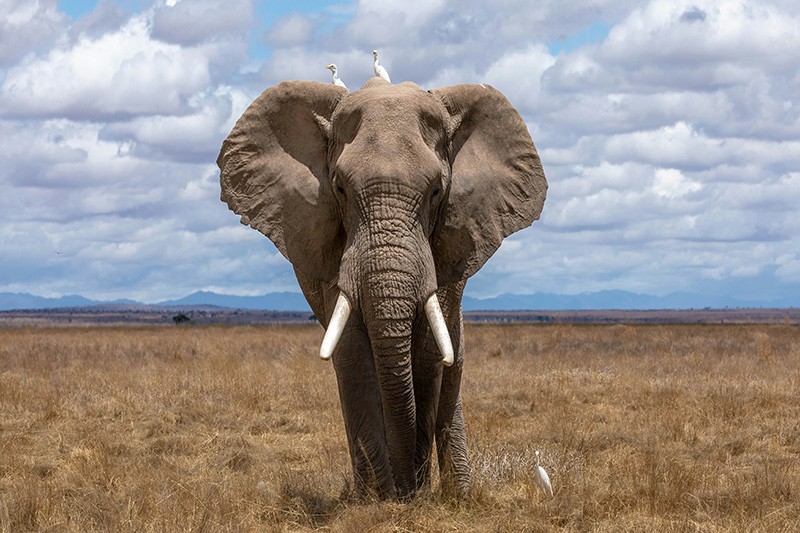


The MAA Trust
The MAA Trust is a non-profit organisation working together with community-owned wildlife conservancies in the Masai Mara, Kenya. The Trust serves to increase the benefits of wildlife and conservation to Maasai families so that they appreciate and contribute to the protection of wild animals on their land. They coordinate in house social enterprises (including the highly successful Maa Beadwork and Maa Honey), as well as skills and entrepreneurship training. Maa Beadwork currently employs 579 women who craft beautiful beadwork that is sold at camps within the Mara Conservancies and ethical shops around the world. From the income generated, women can improve the lives of their families by providing clean water, installing a solar power system to provide lighting for homework and enabling children who previously could not afford to go to school, to start their education. At Safari Consultants we support the MAA Trust directly, and guests staying in camps within the Mara Conservancies can also visit the work of the Trust.



For safari travellers wanting to make as positive an impact as possible, the options for meaningful contributions are many. From identifying relevant platforms to enable donation, to visiting community upliftment projects, learning about the challenges of local life in Africa, or even taking part in hands on conservation work, our team can advise the most appropriate options. For further information on how to ensure your travels are responsible, please see our Responsible Tourism in Africa page.
Our natural world provides some of the most beautiful, captivating, dramatic and life-affirming travel experiences possible, and an African safari holds a particular magic all of its own. Immersing oneself in the wilderness of Africa is a tonic for the soul and a reminder, in our increasingly urban and fast-paced lives, that we are all part of the extremely valuable and intricate web that is nature. As we research and analyse the most responsible way forward for us, as a tour operator, one thing is abundantly clear – that the wildlife of Africa can only be protected while it holds ‘value’ in the eyes of the people of Africa. Responsible safari tourists are absolutely critical in giving the amazing wild creatures of Africa the ‘value’ they need to survive, which in turn is critical for the biodiversity of our planet.
With thanks for images to: Great Plains Conservation, Asilia Africa, Sarara and Tony Enticknap.
